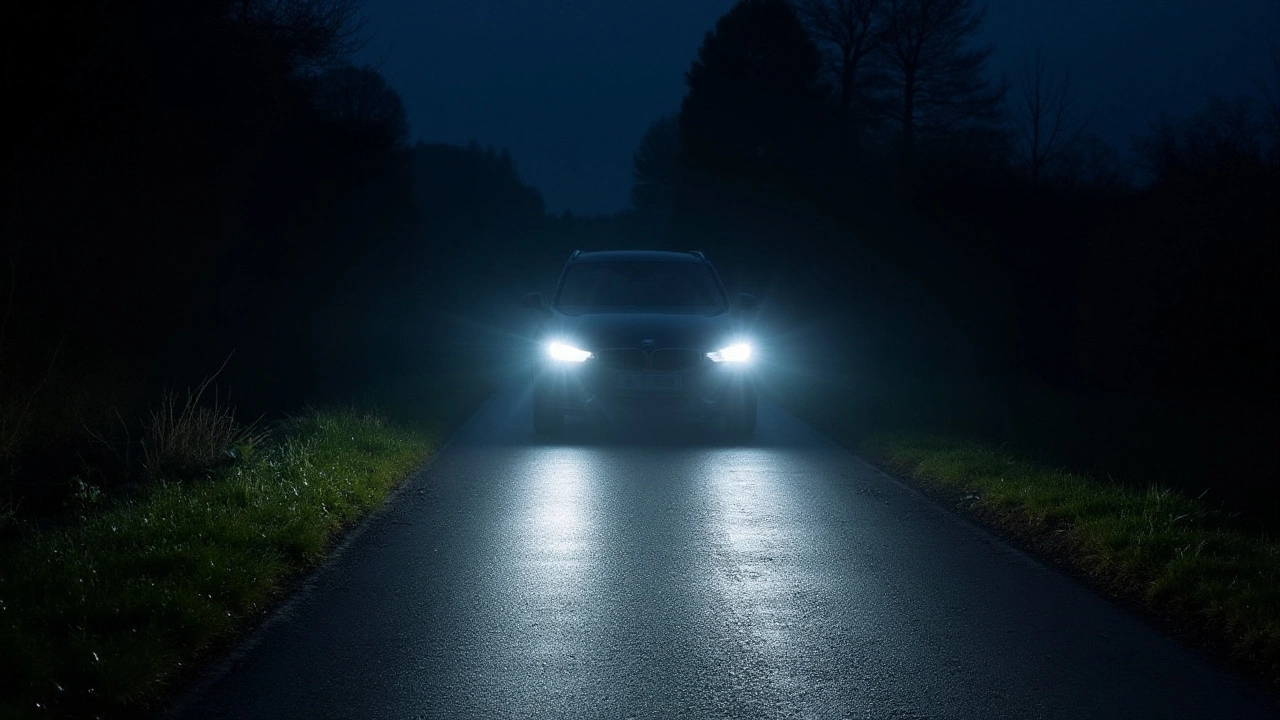Lumen Legality: How Bright Can Your Car Lights Really Be?
Thinking about swapping your stock headlights for brighter LEDs or a set of custom bulbs? Before you grab the tools, you need to know the legal limits on light output. In the UK, the police and MOT testers have clear rules about how many lumens your headlights, fog lights, and auxiliary lamps can emit. Going over the limit can land you a fine, a failed MOT, or even a ticket that hits your insurance.
Headlight Brightness – The Legal Benchmarks
Standard halogen headlamps usually produce around 1,200 to 1,500 lumens per bulb. The law doesn’t state a specific lumen number, but it does require headlights to be ECE R112 compliant. This means the light must fall within a specific intensity range and beam pattern. If you choose LED upgrades, look for units that are ECE‑approved and listed as “road‑legal”. Most reputable LED kits stay under the 1,800‑lumens‑per‑lamp ceiling, which satisfies the regulation while giving you a noticeable boost in visibility.
Don’t forget about the colour temperature, too. Anything below 3,000K (warm white) or above 6,000K (blue‑white) can be deemed too bright or unsafe for other drivers. Stick to the 4,300K‑5,500K range for a clean, white light that’s both legal and easy on the eyes.
Fog Lights, Driving Lights and After‑Market Add‑Ons
Fog lights have the strictest limits because they sit low on the vehicle and shine wide. The legal output is capped at roughly 1,200 lumens per lamp. You’ll also see a requirement that fog lights can’t be brighter than the low‑beam headlamps. Many aftermarket fog units advertise high‑lumens figures, but if they exceed the limit, they’ll be illegal to use on public roads.
Driving lights and auxiliary lamps (the ones you mount on the grille or roof) are a bit more flexible, but they must still be ECE approved. The rule of thumb is to keep them under 2,000 lumens each and use them only when it’s dark or visibility is poor. Turning them on in clear daylight can be considered a nuisance and can attract a ticket.
When you’re buying any new lighting, check the packaging for the ECE R112 or R118 certification mark. If the product lacks that label, it’s a red flag that the lamp may not meet UK standards.
So, how do you stay on the safe side? First, stick to products that list the certification. Second, install them correctly – incorrect mounting angles can cause glare, which the law treats the same as excessive brightness. Third, keep a copy of your lamp’s compliance paperwork in the glove box; it can save you a lot of hassle if you’re pulled over.
In short, you can upgrade your lights without breaking the law, as long as you respect the lumen caps, use approved units, and fit them properly. A brighter, clearer view at night is worth the extra investment, and staying legal means you won’t have to deal with fines or a failed MOT. Keep these pointers in mind, and you’ll enjoy better visibility while staying fully road‑legal.
This article explores the topic of 20,000 lumen LED headlights and their legality. Providing insights into what lumens are, we dive into how intense lighting affects driving safety and the laws that regulate headlight brightness. Discover interesting facts about LED technology and learn practical tips for choosing legal and effective headlights for your vehicle. Get equipped with the knowledge to navigate the headlight regulations and ensure your nighttime driving experience is both safe and legal.

